Saint of the Day – 11 June – Saint Juan de Sahagun OESA (1419-1479) Priest and Friar of the Order of the Augustinians, Preacher, Social Reformer, Defender of workers- born as Juan González de Castrillo on 1419 at Sahagun (Saint Fagondez), Léon, Spain and died on 11 June 1479 at Salamanca, Spain of natural causes. (However, there is a possible alternative cause of his death – he may have been poisoned by a woman whose lover, a nobleman, broke off their relationship after hearing Juan preach. For this reason, he is sometimes listed as a Martyr.) Patronages – the city of Salamanca, Spain, the Diocese of Salamanca, Candon City, Phillipines, Toledo, Spain.
Juan was a peacemaker and worker for justice in society. A sincere and humble man, he was a noted preacher, whose devotion to the Eucharist marked all aspects of his life.
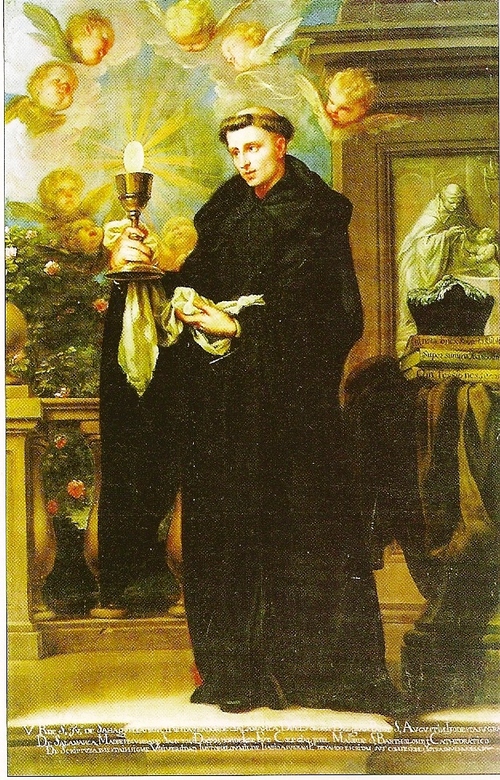
St John was born in the year 1419, at Sahagún (or San Facondo) in the Province of Leon. He was the oldest of the seven children of Juan González del Castrillo and Sancha Martínez, a wealthy family of the city. He received his early education from the monks of the Royal Monastery of St. Benedict in his native city, a leading religious and educational center in the region known as the Cluny of Spain. He received the tonsure while still a youth, according to the custom of the times, after which his father procured for him the benefice of the neighbouring parish of Tornillo. He was later introduced to Alfonso de Cartagena, the Bishop of Burgos (1435–1456), who was impressed by the bright, high-spirited boy. Cartagena had him educated at his own residence, gave him several prebends, ordained him a priest in the year 1445, and made him a canon at the Cathedral of Burgos.
Possessing all of these offices simultaneously caused González many qualms of conscience, as it was contrary to the precepts of Christ. He soon resigned all, retaining only that of the Chapel of St. Agatha in a poor neighbourhood of the city, where he said Mass, preached and the faith to the poor. He then began to lead a life of strict poverty and mortification. With his bishop’s consent, Juan obtained permission to enter the University of Salamanca, where for four years he applied himself to the study of theology. During this time he exercised the ministry at the chapel of the College of St Bartholomew (in the Parish of St Sebastian) and held that position for nine years. He devoted himself to pastoral care. Owing to illness, he was obliged to undergo an operation for the removal of kidney stones. He vowed that if his life were spared, he would become a Religious.
Upon his recovery in the year 1463, Juan applied for admission to the Order of Hermits of St Augustine, at the Monastery of St Peter, from that point on, being known simply as Brother (or Friar) Juan. In the following year, on 28 August 1464, Juan made his profession of solemn vows as a member of the Order. By the command of his superiors, John gave himself wholeheartedly to the salvation of souls and with the best results, to preaching the “Word of God.” By his zeal he was able to effect the entire reformation of the city of Salamanca.
John made such progress in religious perfection that he was soon appointed master of novices, and later in the year 1471, prior of the community. He conducted the Religious under his rule more by example than by his words.
Great was St John’s devotion to the Blessed Sacrament, that at the celebration of Mass he frequently saw the Sacred Host resplendent in glory. He was gifted with a special power to penetrate the secrets of conscience, so that it was not easy to deceive him, and sinners were almost always forced to make good confessions. He was able to obtain wonderful results in doing away with enmities and feuds. In many ways, John was like a fellow Religious who lived nearly 500 years later, St Pio of Pietrelcina, who also had the uncanny ability to discern the secrets of conscience.
St John spent hours in Adoration of the Blessed Sacrament, as often as he could. While he celebrated Mass St John often enjoyed the sight of Jesus in glory, becoming enraptured in ecstasy and holding conversations with Him.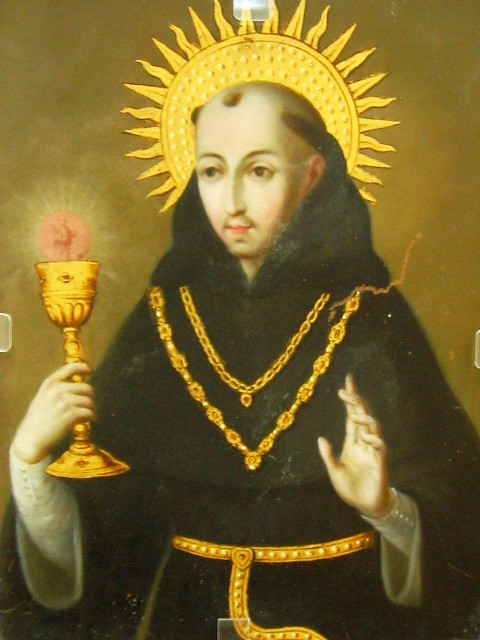
In his sermons, John preached the Word of God and scourged the crimes and vices of the day, by which the rich and noble were offended.  He soon made many enemies, who went so far as to hire assassins but these, awed by the serenity and angelic sweetness of his countenance, lost courage. Some women of Salamanca, embittered by the saint’s strong sermon against extravagance in dress, openly insulted him in the streets and pelted him with stones until stopped by a patrol of guards.
He soon made many enemies, who went so far as to hire assassins but these, awed by the serenity and angelic sweetness of his countenance, lost courage. Some women of Salamanca, embittered by the saint’s strong sermon against extravagance in dress, openly insulted him in the streets and pelted him with stones until stopped by a patrol of guards.
Saint John was acclaimed by the people of Salamanca as a wise and prudent confessor, an effective reconciler of feuding families and a champion of the rights of workers. A contemporary, when asked about Saint John, explained: “If you ask me about the actions of Friar John, with regard to the poor and afflicted, exploited widows and children, the needy and the sick, I would have to say that he was naturally compelled to help them all in word and in deed. He was particularly interested in leading all to peace and harmony, and putting an end to hostility. Living in Salamanca, where the entire city was split into factions, he succeeded in preventing much bloodshed.”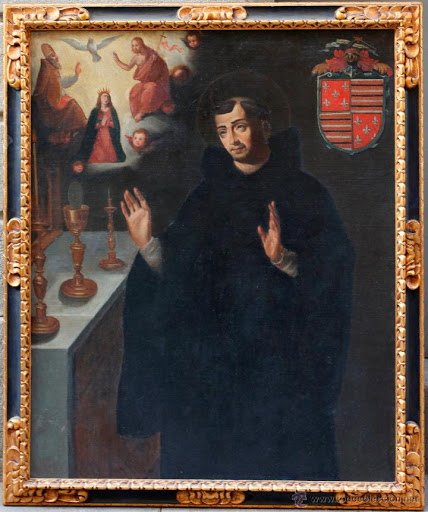
John’s scathing words on the “sins of impurity” produced salutary effects in a certain nobleman who had been living in open concubinage but the woman swore vengeance. It was popularly believed that she had caused the saint’s death by poison (this statement is found only in later biographies). His sermons against sinful living conditions and in support of the rights and dignity of workers brought him great opposition of some local leaders. He became known as an outstanding preacher, whose style, clarity, sincerity, and integrity attracted large crowds and created many opportunities for conversion. 
To the Duke of Alba, who complained of John’s stern denunciation of the sins of nobility and commoners alike form the pulpit, John replied: “It is becoming of Your Grace to know that a preacher must be prepared in his soul to speak the truth, both in denouncing and correcting shortcomings and in praising virtue, to such a point that he is willing in that cause even to face death.” Incensed, the duke hired assassins to stop Saint John’s preaching but upon recognising John’s holiness, they repented, confessing and begging forgiveness—which he freely gave. The duke later fell ill and was healed by John’s prayers, himself repenting and renouncing his former ways.
John died on 11 June 1479, in his monastery. His remains were buried in the Old Cathedral of the city. Soon after John’s death, his “cult” spread throughout Spain. The process of beatification began in 1525 under Pope Clement VII and in 1601 he was declared “Blessed” by Pope Clement VIII and Canonised on 16 October 1690 by Pope Alexander VIII.
It is said that after he died, people continued to come to him. People came from different places to the Augustinian convent of Salamanca, where he was buried, to ask the saint for favours. Among the miracles performed, several are cited, including the resurrection of a dead person, the healing of a child hit by an ox cart, the recovery of cripples …
On 1 September 1835, the remains were transferred to the main altar of the Cathedral of Salamanca, where they are currently located.
Below is a Poster advertising the annual Feast and Festival of St Juan in Salamanca.
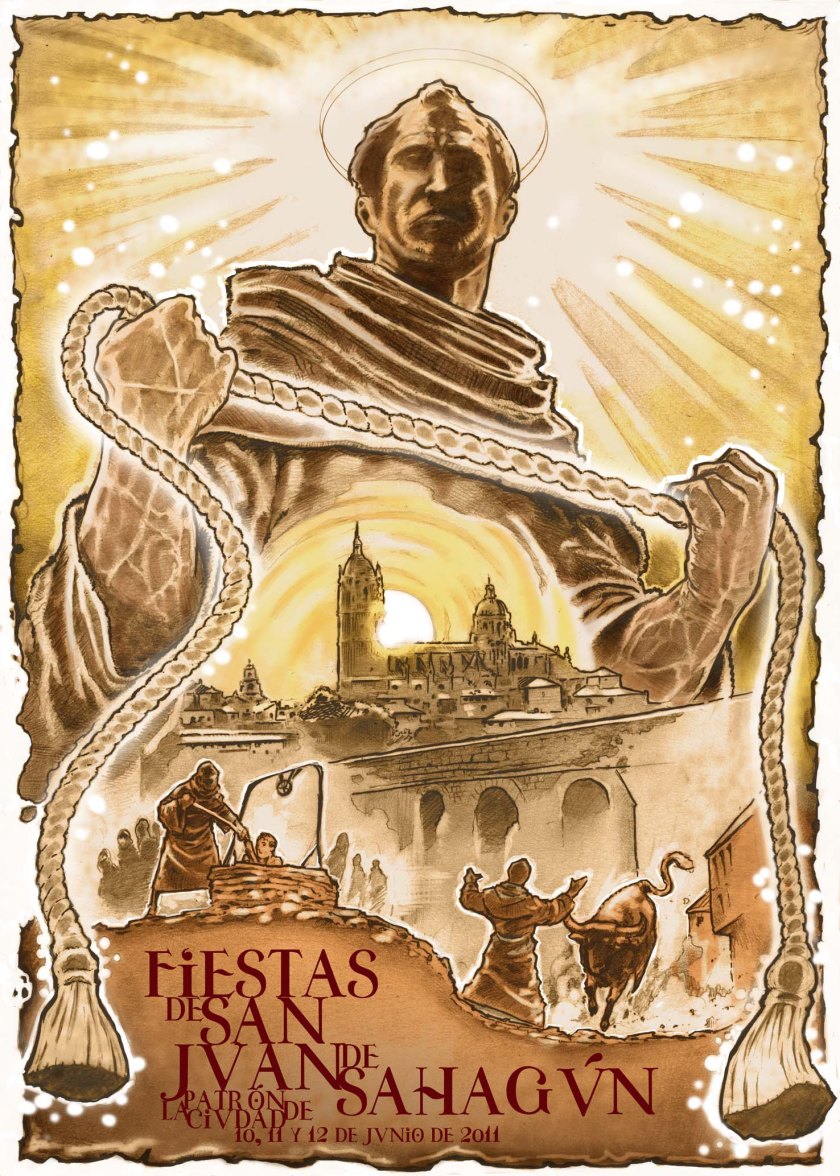
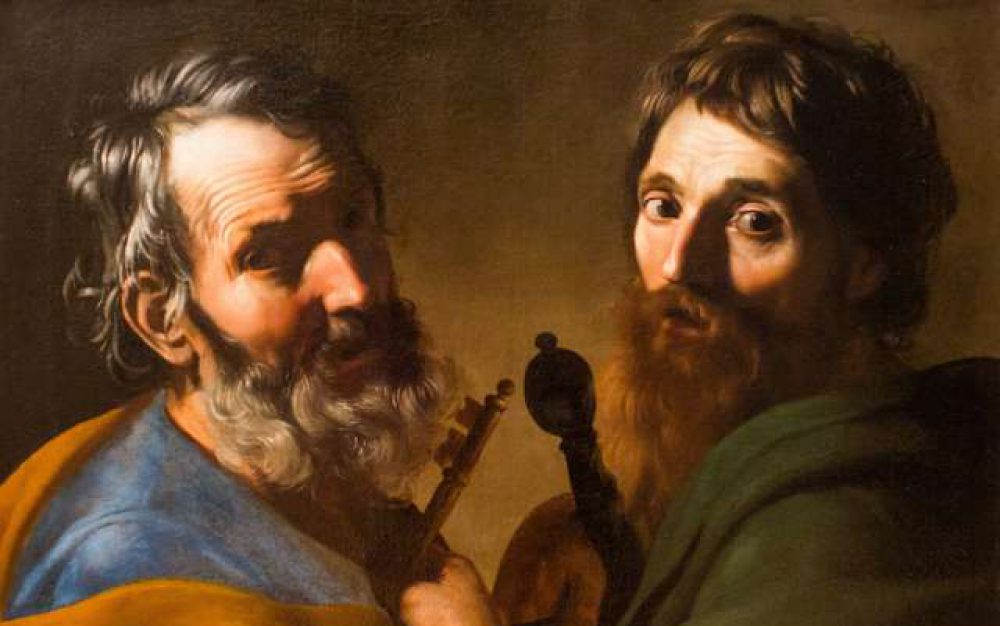



Never heard of him …, but have now. Thanks for posting, once again pulling a lit lamp out from under the bushel basket.
LikeLiked by 1 person
Happy you found him a light in the darkness Stacy! We have so many of them – how blessed we are in this dark world. Hugs Stacy 🙏💖🤗
LikeLike